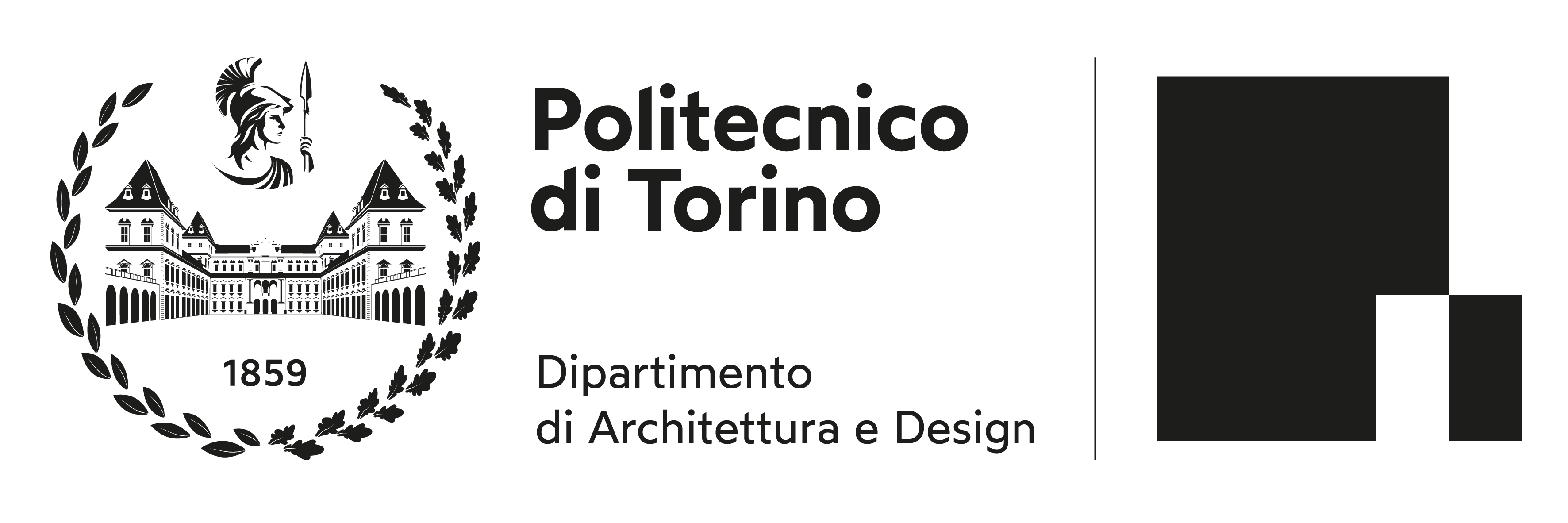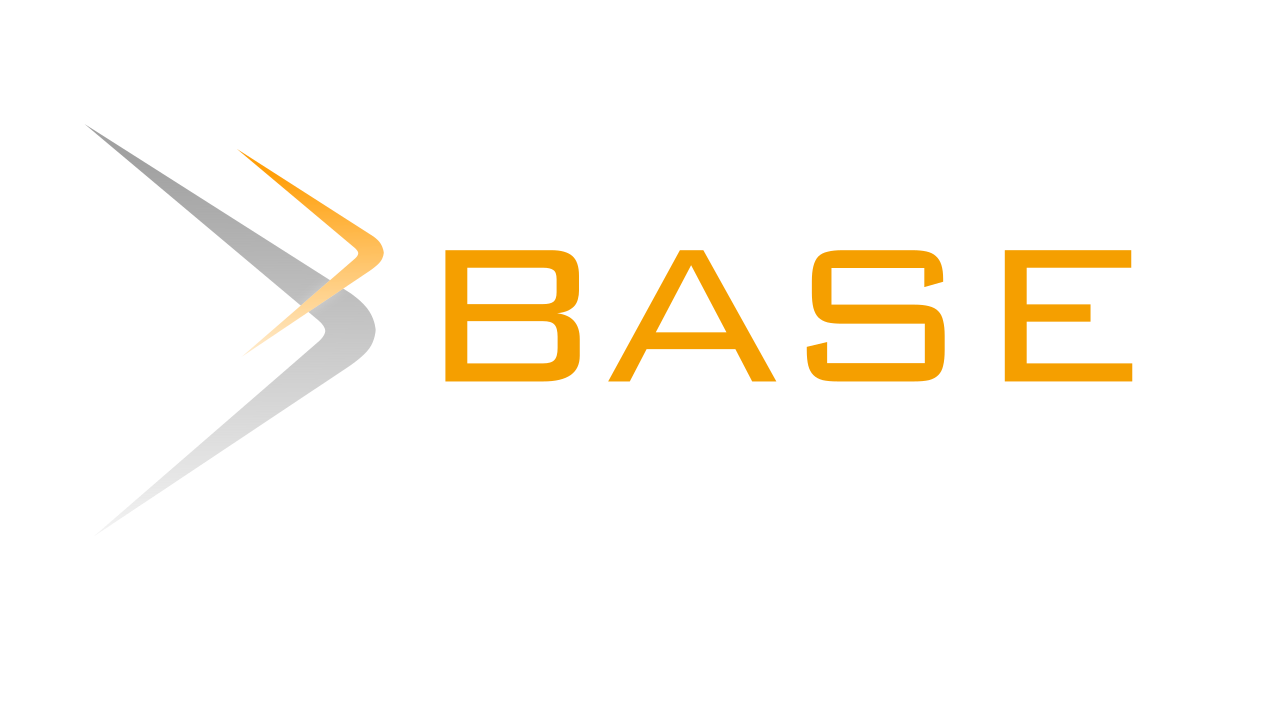Radical reuse. Soldiers, mermaids, deflagrations
Reuse is a process that deals not only with objects, architectures and territories, but also with images and collective perception. It goes beyond the physical reality and produces a space having less delimited meanings, more difficult to be defined because of its immateriality, although not less necessary. Montage, giving new meanings to images from archives, has been since long an artistic methodology used for movies, photography, visual arts. In this context, some artworks, like the most interesting architectonic reuses, do not re-propose slavishly pre-existing realities. On the contrary, thorough a process of estrangement and montage, they relaunch, open to unexpected outcomes. This text proposes an analysis of some works straddling the beginning of the millennium, by Yervant Gianikian, Angela Ricci Lucchi and Joan Fontcuberta. These authors, by different means, suggest the existence of a common ground, a possible map of the contemporary artistic production dealing with alpine territories. Nitrate ghosts of living beings suspended in a nearly abstract white, digital landscape, mermaids’ skeletons. Images differ greatly from one another and displace the observer. By deconstructing the mechanisms behind communications produced by different systems of power (scientific, political, etc.), they dismantle prejudices and established visions. They do not oppose new realities to existing ones, but with the irruption of the unexpected, of discrepancy and heterogeneity, compared to conventions and to the foreseeable, they activate the observer, bounced out of the comfort zone of the passive spectator.







